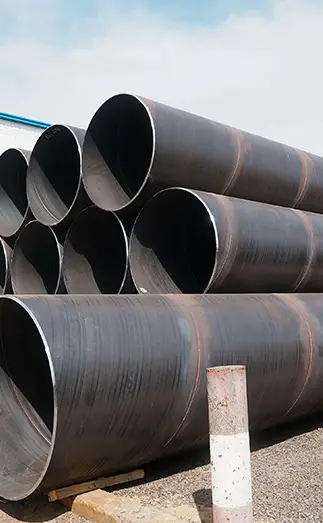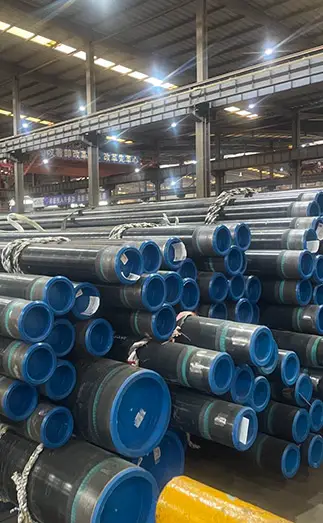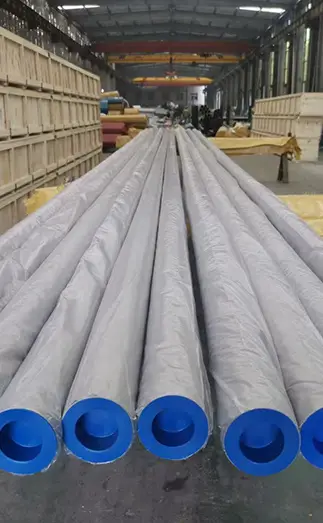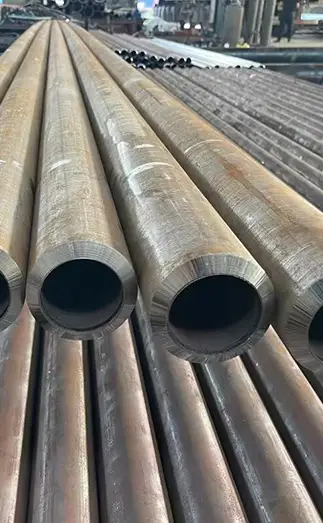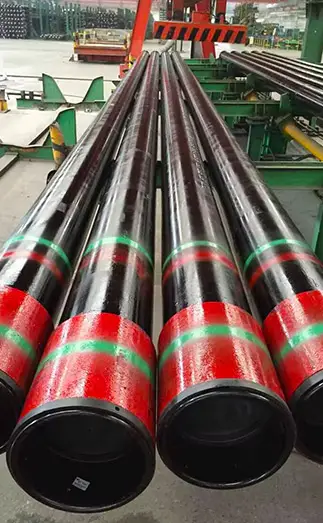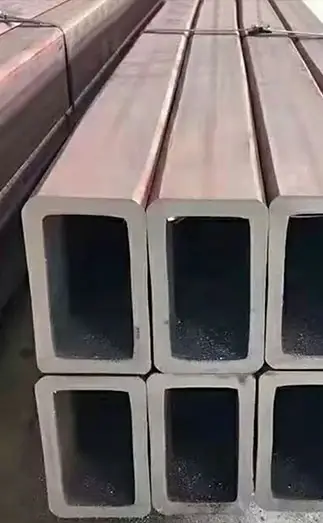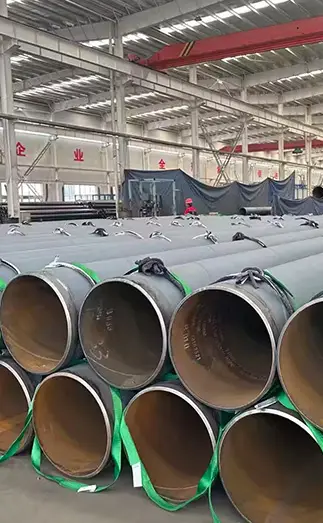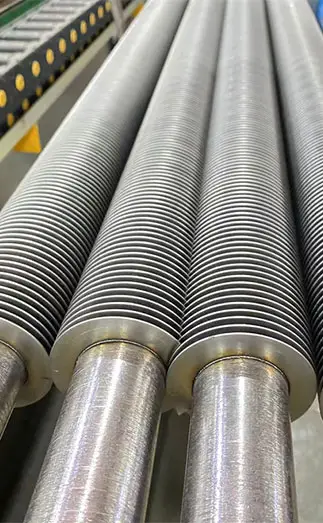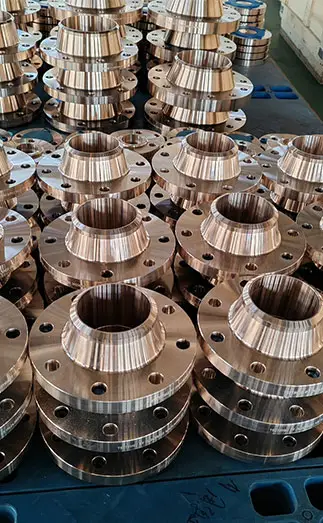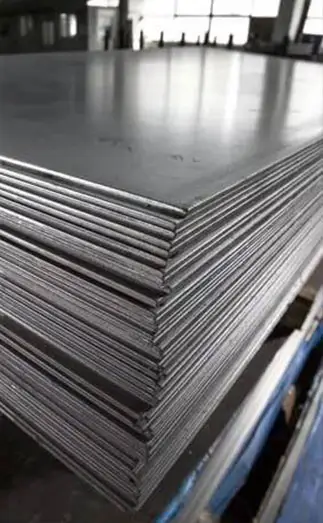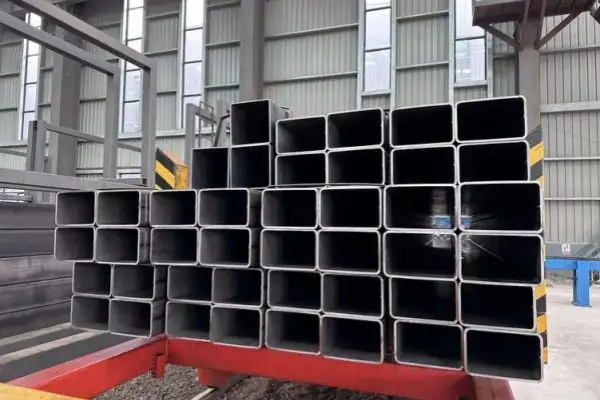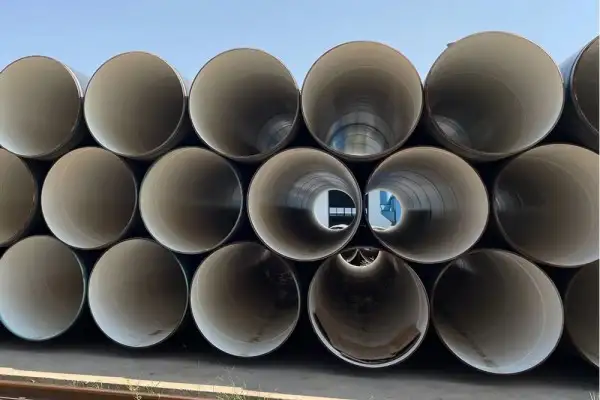Seamless steel pipes for fluids are specially manufactured for transporting liquids, gases, and slurries. Since fluid transportation demands exceptional safety, sealing, and durability, these pipes must comply with strict international standards. These standards define requirements for materials, dimensions, mechanical properties, chemical composition, surface quality, non-destructive testing, and hydrostatic testing.
Below is an overview of widely recognized international standards for fluid seamless steel pipes, summarized by Super Steel Manufacturing Co., Ltd.
Key International Standards for Seamless Steel Pipes for Fluids
1. API SPEC 5L – Line Pipe Standard
Overview: The most important line pipe standard in the global oil and gas industry, covering both seamless and welded pipes for transporting oil, gas, and water.
Key Features:
PSL1 & PSL2: PSL2 imposes stricter requirements for chemical composition, mechanical properties, NDT, and traceability.
Steel Grades: From Grade A to high-strength grades such as X42, X52, X60, X70, and X80 (the number indicates minimum yield strength).
Low-Temperature Toughness: PSL2 requires impact toughness testing.
Corrosion Resistance: Higher-grade pipes may include resistance to sulfide stress cracking and CO₂ corrosion.
Applications: Long-distance oil and gas pipelines, gathering systems, oilfield networks, and city gas distribution.
2. ASTM A106 / ASME SA-106 – Seamless Carbon Steel Pipe for High-Temperature Service
Overview: Specifies seamless carbon steel pipes for high-temperature applications.
Grades: A, B (most commonly used), and C.
Features: Excellent strength and pressure resistance at elevated temperatures.
Applications: Transporting high-temperature, high-pressure fluids such as steam, hot water, and petroleum products in refineries, power plants, and petrochemical industries.
3. ASTM A333 / ASME SA-333 – Low-Temperature Service Pipe
Overview: Defines seamless carbon and alloy steel pipes for low-temperature environments.
Grades: Gr.1, Gr.3, Gr.6 (widely used).
Features: Superior low-temperature toughness, reducing brittle fracture risk.
Applications: LNG pipelines, cryogenic storage, refrigeration systems, and projects in extreme cold regions.
4. ASTM A312 / ASME SA-312 – Austenitic Stainless Steel Pipe
Overview: Covers seamless and welded austenitic stainless steel pipes for corrosion-resistant and high-temperature service.
Grades: 304/304L, 316/316L, 321, 347, etc.
Features: Excellent corrosion resistance, high-temperature strength, and good processability.
Applications: Fluid systems requiring corrosion protection and hygiene, including chemical, food processing, pharmaceutical, seawater desalination, and medical industries.
5. ISO 3183 – Steel Pipes for Petroleum and Natural Gas Industries
Overview: An international standard aligned closely with API 5L, specifying requirements for steel pipes used in pipeline transportation for oil and gas industries.
Factors to Consider When Selecting Seamless Pipes for Fluids
When choosing seamless steel pipes for fluid transport, consider the following:
Conveying Medium: Type of fluid (water, oil, gas, acid, alkali, slurry), and its corrosiveness, pressure, and temperature.
Operating Conditions: Maximum/minimum temperature and working pressure of the system.
Environmental Factors: Installation conditions—buried, overhead, indoor, outdoor, or special environments like extreme cold, high heat, or corrosive atmosphere.
Regulations & Standards: Compliance with local codes, project-specific requirements, and safety guidelines.
Safety Risks: Potential consequences of pipeline failure, including leakage, fire, or explosion.
Cost-Effectiveness: Balancing technical requirements with project budget.
Conclusion
Seamless steel pipes for fluids play a critical role in ensuring the safe and efficient transport of liquids and gases. By understanding and following international standards such as API 5L, ASTM A106, ASTM A333, ASTM A312, and ISO 3183, engineers and project managers can select the most suitable pipes for their projects. Proper selection not only enhances performance but also ensures long-term reliability and safety.



 English
English Español
Español Français
Français بالعربية
بالعربية